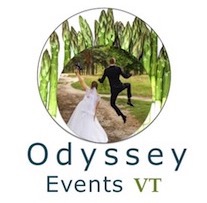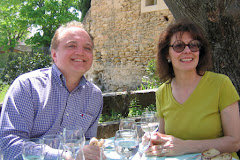

As in all relationships there are often shades of gray, difficult to distinguish from nefarious black buttons or angelic white pedestals, but after some years of practice one learns what is black and what is white. That's how I feel about wild mushrooms: I only pick the ones I know. Anything in a gray area is left alone. But when it comes to actual color instead of metaphor there is a choice edible gray mushroom. After 24 years of marriage Ted and I purchased our first home. Though initially we did not want all of the woodland that was part of the property--a gray area for us, now we happily have trails with an abundance of the special haircap moss where grayling mushrooms, Cantharellula umbonata, prolifically spawn. When we logged and made hiking trails (a wonderfully white experience) there was one year an abundance of mushrooms protruding from trail embankments. To determine if they were edible we hired a mycologist. We enjoyed the afternoon so much we decided in subsequent years to share our experience. That was the genesis of our annual public mushroom forage. The gray area in this case turned out to be honey mushrooms, Armillaria mellea. We thought they were edible but they actually kill forests and have adverse reactions with some folks, so we let those remain. The mushrooms we felt we should stay away from--tiny, gray in color, and cropping from a funny moss, were choice! When cooking, Chef Ted shreds these delicate mushrooms and adds them last. In the same habitat are similar brown mushrooms, but they have more distinct gills and should not be eaten. Mushrooming has a lot of gray areas, so be sure to have an expert help identify. We only eat what we know. It has taken years for us to be comfortable with only a handful of mushrooms. Here is a link to a mushroom expert who speaks to this.





